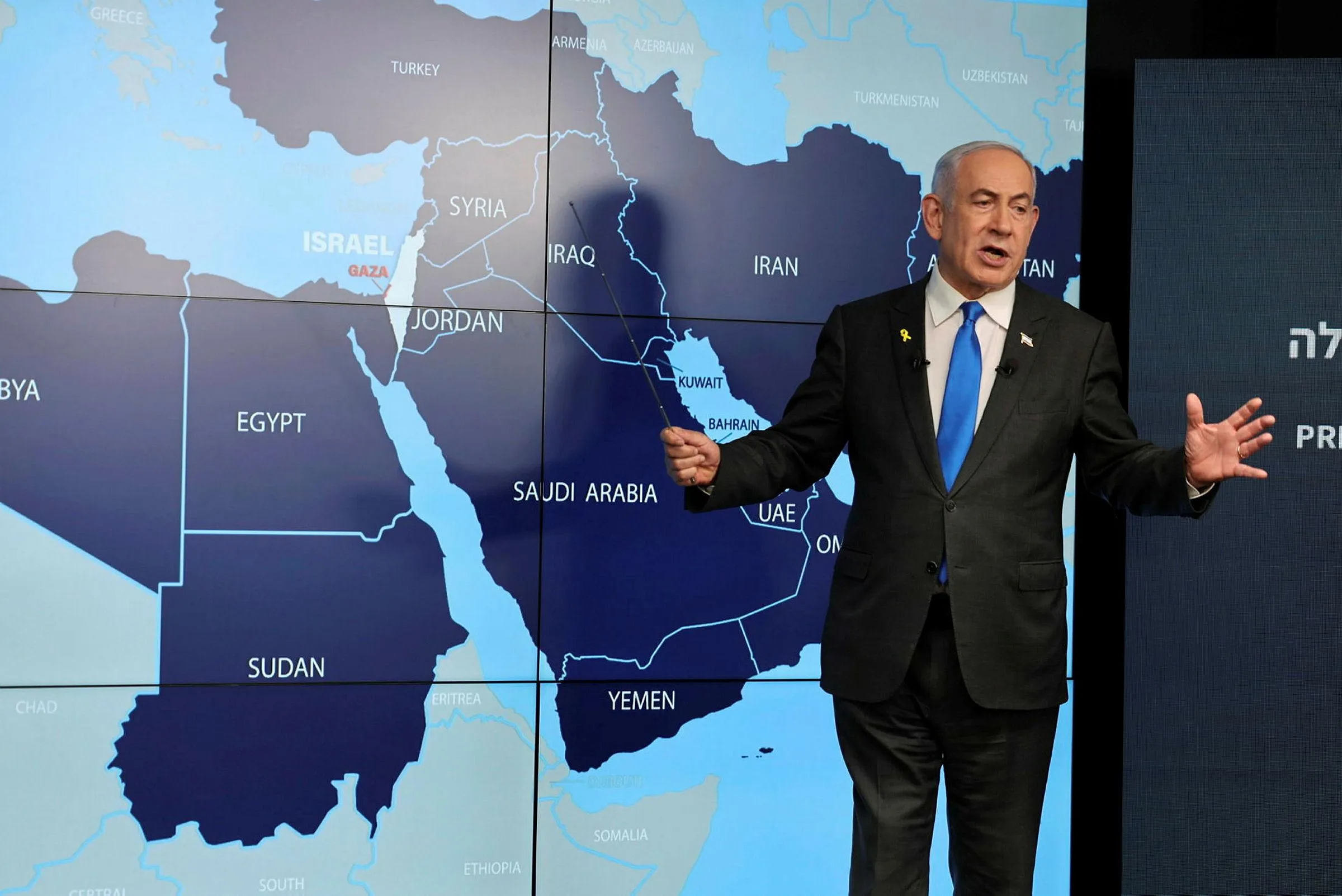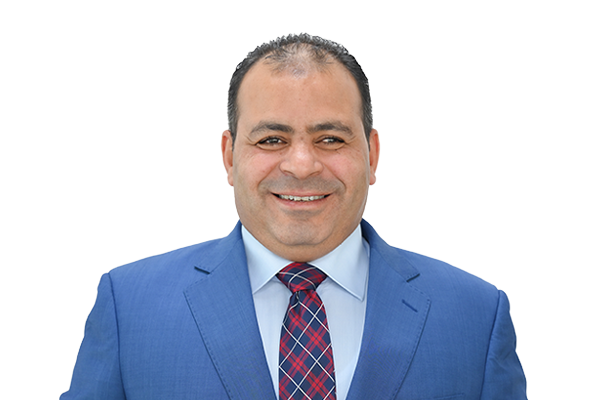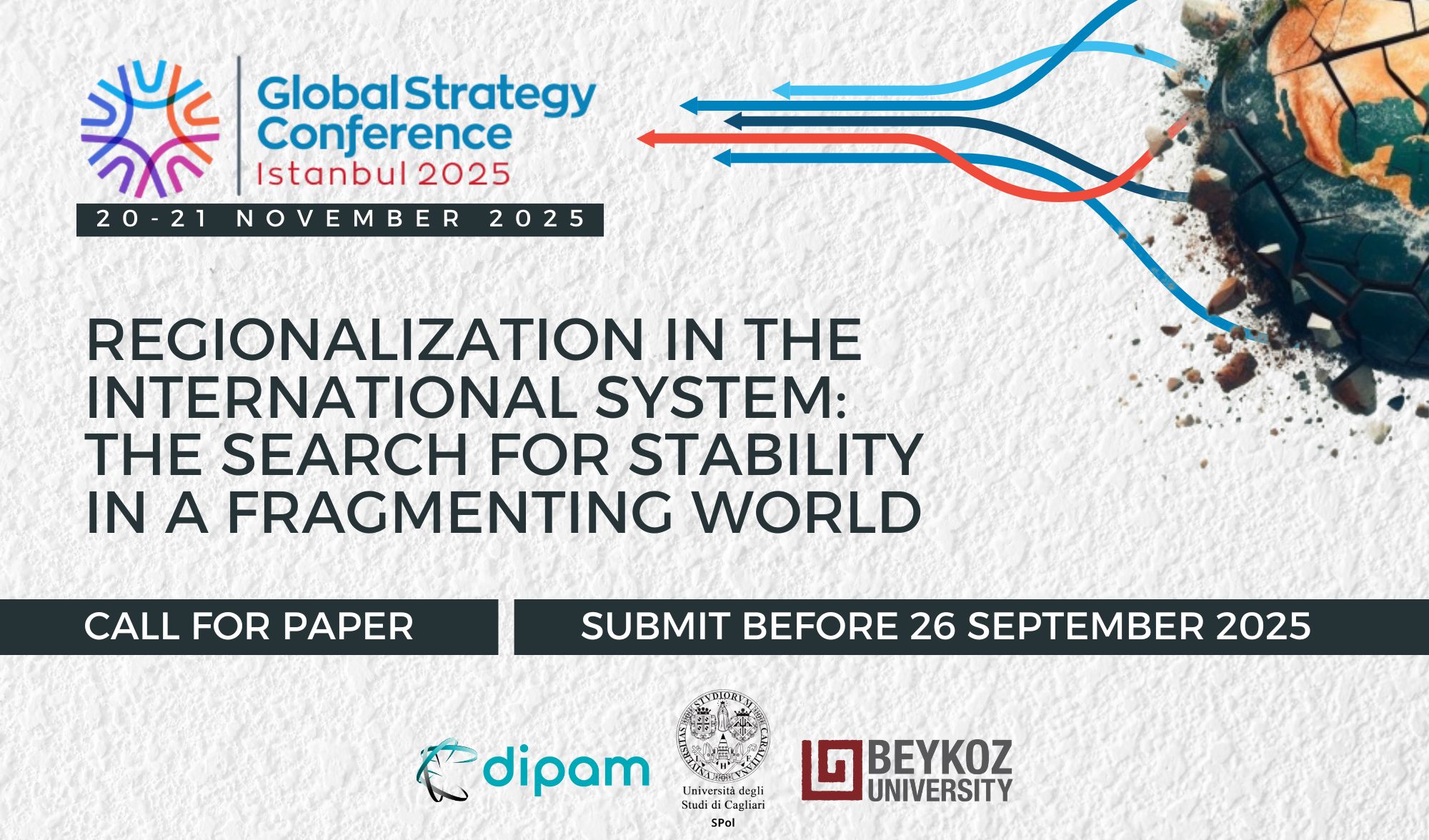Since October 7, 2023, Israel—backed by the United States—has sought to reshape the Middle East and redraw its geopolitical map, as repeatedly declared by Israeli leaders, particularly Prime Minister (PM) Benjamin Netanyahu, in pursuit of what some have termed a “Pax Hebraica”. This idea behind it dates before October 7, 2023. The Israeli PM unfolded his ambition of creating “The New Middle East” two weeks prior, on September 22, in his address to the annual session of the UN General Assembly. A similar message was conveyed later, in February 2025, when Netanyahu departed for Washington and declared that cooperation with the Trump administration could serve as a basis to redraw the Middle East.
Israeli commentators claim that the decisions their leaders made in the wars in the aftermath of October 7, 2023, in Gaza, Lebanon, Yemen, Syria, and recently in the 12-day war with Iran, have already changed the face of the region and brought them closer to establish regional hegemony. While remaining critical of Israeli narratives, it is worth to acknowledge that the region has indeed undergone significant transformation. These changes have impacted on the core elements of the regional security complex, namely, the principal actors, the anarchic structure of the system, the distribution of power, patterns of security interaction, and the extent of great-powers involvement in regional affairs.
First, the most fundamental shift among regional actors has been the reassertion of nation-states as the primary drivers of regional politics, accompanied by a decline in the influence and status of non-state actors due to the erosion of their power capabilities. This trend is evident in the diminished roles of groups such as Hezbollah, various Palestinian factions, the Houthis, so-called Iraqi resistance groups, ISIS, and others. The most notable exception to this trend is the PKK-affiliated YPG-led Syrian Democratic Forces (SDF), which continue to operate with backing from the United States, Israel, and several European countries. Their strategic objective remains the establishment of a contiguous Kurdish autonomous zone in northeastern Syria. More broadly, there is a growing tendency among some non-state actors to seek legitimacy and transition toward quasi-statehood through territorial control and efforts to capture or co-opt existing governance structures from within.
Second, while the Middle East was already among the world’s most volatile regions prior to October 7, the events that have unfolded since have escalated regional instability to unprecedented levels. Many observers point to the policies of Israel’s far-right government, led by PM Netanyahu, as a primary driver of this insecurity. However, these is something bigger to it. The post-October 7 period has laid bare a broader expansionist agenda aimed at asserting Israeli hegemony over the region—one that draws parallels with the model of American global dominance during the unipolar era. Although it remains too early to determine the exact contours of the emerging regional polarity, there is a clear shift in favor of non-Arab powers, particularly Israel and Türkiye, which now exert greater influence than most Arab states. The regional structure appears to be evolving toward either a form of bipolarity—centered on Israel and Türkiye—or a more fluid multipolarity, should the Gulf Cooperation Council (GCC) succeed in building effective joint security frameworks.
Third, a key component of the evolving regional security complex is the visible retreat of Iran’s influence, particularly in Syria. Once a dominant player through its Revolutionary Guard Corps (IRGC) networks and affiliated militias, Iran has faced severe setbacks due to financial strain, battlefield attrition, and declining local legitimacy. The collapse of the Assad regime in late 2024—long supported by Tehran—exposed the limits of Iran’s hybrid warfare model and weakened its ability to project power across the Levant. As a result, Iran’s operational footprint has significantly contracted, creating new space for regional actors such as Türkiye and Israel to expand their influence. This strategic retrenchment has shifted the balance within the regional security complex, reducing the clout of the so-called “Axis of Resistance” and opening the door for more pragmatic, multicentered alignments.
Until October 7, 2023, security interactions in the Middle East were primarily shaped by the bilateral Israel–Palestine conflict, which, despite its complexity, was largely viewed through the lens of territorial dispute and occupation. However, the aftermath of October 7 has fundamentally altered this dynamic, transforming what was once a localized struggle into a wider regional contest for hegemony and influence. The conflict has drawn in multiple state and non-state actors, expanded geographically to theaters such as Lebanon, Syria, Yemen, and even Iran, and redefined the Palestinian question as a strategic fault line in a reshaped Middle Eastern order. Simultaneously, normalization efforts between Syria, Lebanon, and Israel; the potential revival of U.S.–Iran nuclear negotiations to replace the 2015 JCPOA; deeper Arab—particularly Gulf—engagement in the Levant; and the prospects of resolving the Yemen conflict all point to a fluid and contested regional landscape.
Yet perhaps the most defining feature of this transformation is the intensified involvement of major powers—chiefly the United States—whose expanded role has become central in mediating, influencing, and in some cases exacerbating, the evolving security architecture of the region. China and Russia have also increased their diplomatic and economic engagement, positioning themselves as alternative power brokers and capitalizing on regional disillusionment with Western-led frameworks.
In sum, the Middle East after October 7 is no longer defined by its previous binaries or stable fault lines. The region has entered a new phase characterized by shifting alliances, assertive middle powers, waning ideological blocs, and intensified great power competition. What was once a largely contained conflict has become the centerpiece of a broader geopolitical contest, signaling that the region’s future will be shaped by the complex interplay of regional and global forces.







